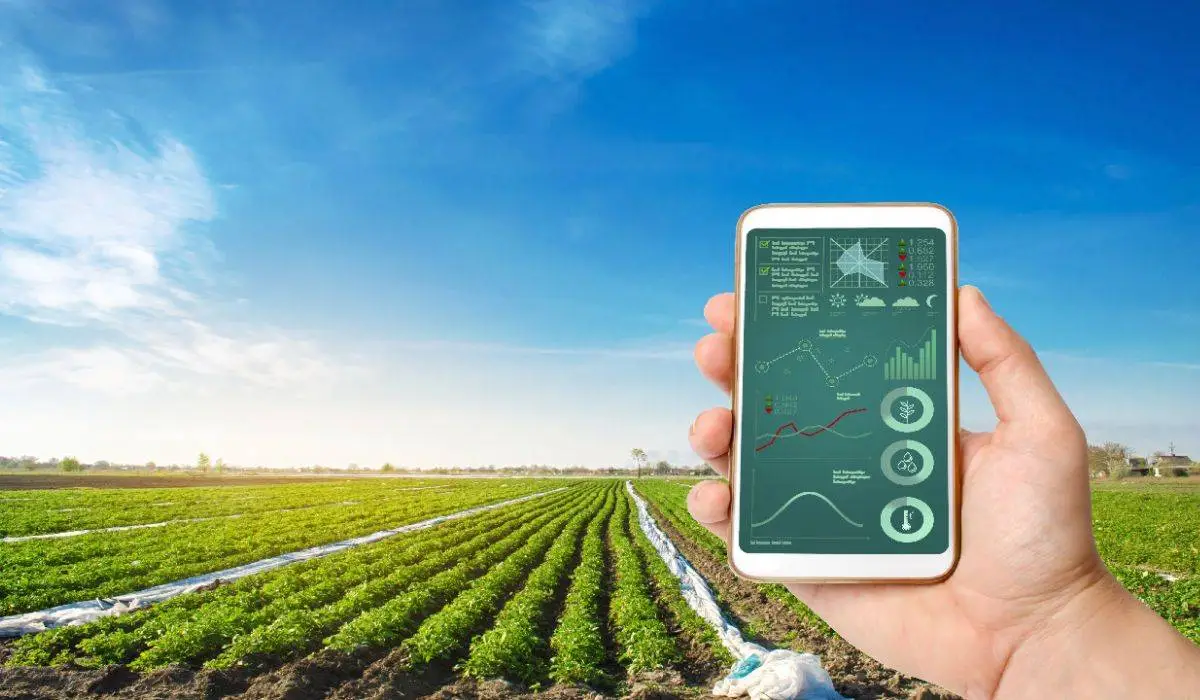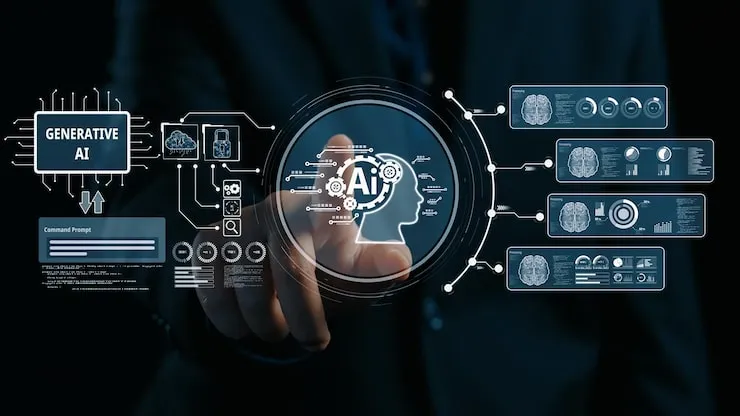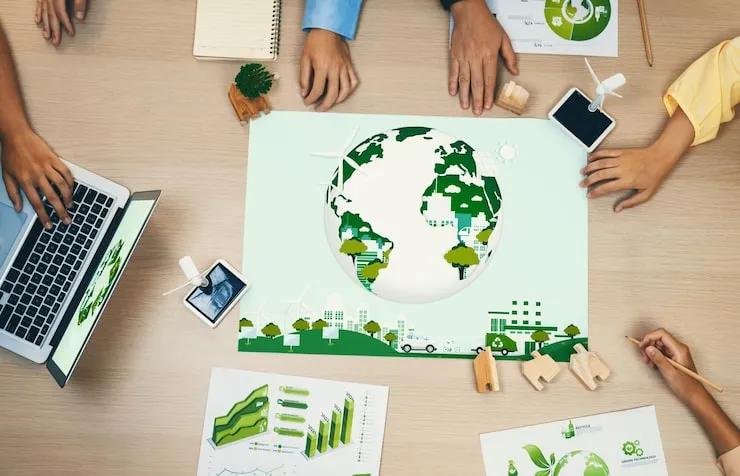Soil sensors and irrigation mechanisation are smart agricultural tools. It helps in improving the efficiency of water by providing the data in real time basis. Sensors measure many parameters that analyse the data and adjust irrigation systems. Soil moisture and temperature are some parameters. Farmers can monitor and control these systems remotely using mobile apps. It leads to sufficient water use, reduced labor costs, and smart soil sensors.
In Goa there is uncertainty of climate and unpredictable rainfall patterns. Increased demand for food means agriculture must be there. One of the areas of change in agriculture is a sign of innovation. The concern is growing over water conservation and crop efficiency . Farmers in the world are turning towards soil sensors and irrigation automation systems.
Read Also: Punjab Agri Varsity Guide to Protect Crops from Floods
The Problem: Inefficient Water Use in Agriculture
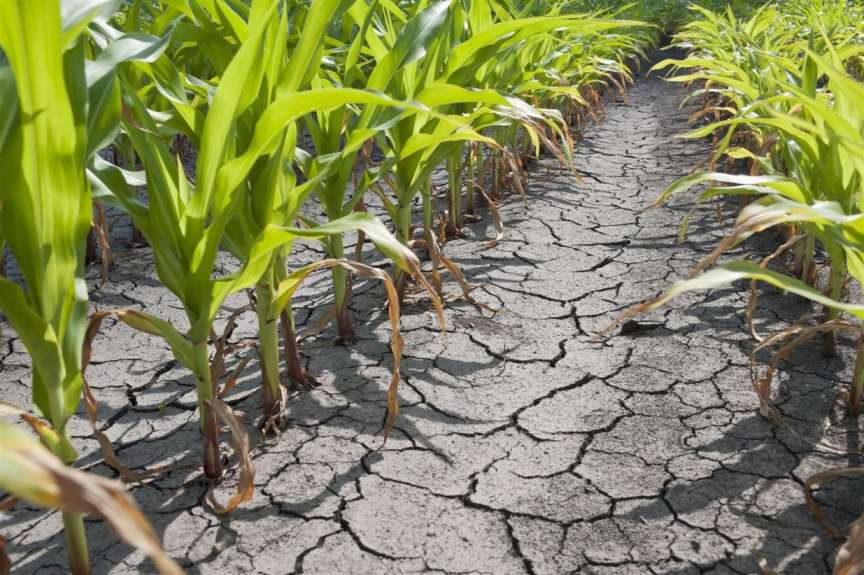
The irrigation efficiency of water is below 50 per cent. Farmers often irrigate on a fixed schedule or by visual inspection. It leads to watering plants more than they need, which causes waterlogging. Sometimes it even leads to under-irrigation, which reduces yields.
Key issues with traditional irrigation:
- Wastage of water water used in farming.
- Soil erosion and nutrient leak
- Crop stress due to watering during odd hours
- Increased costs of labor and fuel
- Dependency on uncertain rainfall
What Are Soil Sensors?
These are electronic devices inserted into the ground. They measure the characteristics of soil, such as moisture, temperature and nutrient levels. It helps the farmers in taking various decisions. Be it irrigation, fertilization, and crop selection.
Types of soil sensors:
- Capacitance sensors are sensors that measure soil's ability to store electrical energy.
- Tensiometers help to measure the suction with which water is there in the soil.
- Gypsum block sensors are used to measure electrical resistance to determine moisture.
- Time Domain Reflectometry helps to calculate moisture. It uses the travel time of an electromagnetic pulse.
Benefits:
- Soil health monitoring on a real-time basis.
- Reduced guesswork in irrigation
- Improved crop planning
- Prevention of diseases related to overwatering
What Is Irrigation Automation?
It is the use of technology, including sensors, controllers, and communication systems. It is used to control and manage a farm's water delivery system with less intervention of humans in it. It involves pumps that are automated, Wireless controllers and programmable logic controllers.
These systems become fully automated when combined with soil sensors. They water only when and where ever needed.
How the Two Work Together: A Smart Partnership?
Soil sensors and irrigation automation are most powerful when used together.
Step-by-step working:
- The smart irrigation controller analyzes this data against crop yields.
- The system triggers automated watering only when soil moisture drops below the level.
- Through the application farmers receive alerts.
Real-World Applications
A. Smallholder Farms in India
Through government schemes and projects, some states like Maharashtra and Tamil Nadu. They are establishing sensors and automation kits that are less costly. These systems help in reducing the wastage of water by 40 percent. Which also helps in improving farmers income.
B. Vineyards in California
The farmers that grow wine grapes use soil probes to optimize watering schedules. The quality of the grape is increased in certain stages where the water is stressed.
C. Greenhouses in the Netherlands
Irrigation systems that have sensors allow farmers to grow crops with less water. Sometimes it even results in usage of only 90 per cent of the smart soil sensors.
D. Rice Fields in Vietnam
Farmers are using the maximum alternate wetting and drying methods. They help save water and reduce methane which helps both climate and crop output.
Costs and Affordability
Initial costs vary, with the basic kits varying from $100 to $300. Advanced systems vary from $500 to $2000. Large scale installations of greenhouses and orchids cost more than $10,000.
The long-term savings in water, labor, and increased yield are cost-effective. While upfront costs can be high.
Governments, cooperatives, and NGOs are increasingly offering subsidies. It helps in improving adoption, especially among small farmers.
You May Also Like: Gujarat’s Silicon Dream: Ahmedabad Set to Become Next Tech Hub
Challenges in Adoption
Despite the benefits, several barriers remain:
a. High Initial Investment
Small and marginal farmers may find it difficult to afford the technology without government support.They need to provide subsidies.
b. Lack of Awareness
Farmers who are small and marginalised are not aware of schemes and the innovation that has taken place.
Maintenance Requirements
Some sensors may even need replacement.
d. Connectivity Issues
Farmers working or living in the remote areas may struggle with networks and signals.
e. Data Literacy
It requires training and support for Interpreting sensor data.
Policy and Government Support
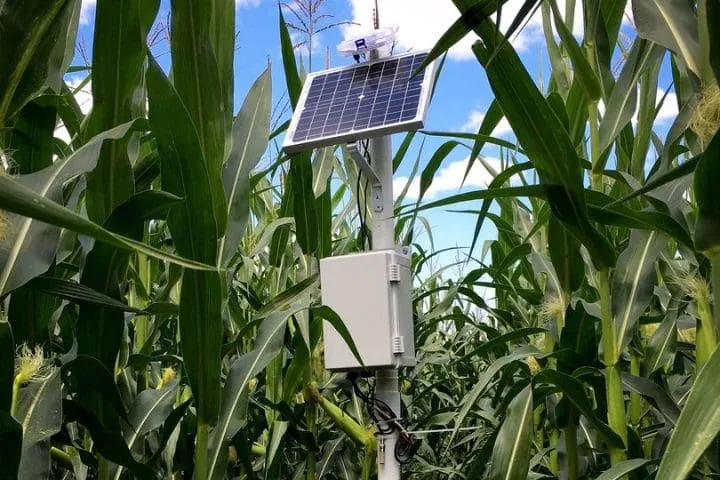
Government in the world are understanding the maximum usage of these technologies.
In India:
- Pradhan Mantri Krishi Sinchayee Yojana promotes micro-irrigation.
- Some state governments are piloting smart irrigation with subsidies.
- Startups are encouraged through schemes like Digital India and Startup India.
Globally:
- FAO supports climate-smart irrigation under sustainable development goals.
- The US and EU offers grants to farmers doing sensor agriculture.
Future Trends: What’s Next?
a. Integration with AI & ML
Advanced algorithms will predict irrigation needs, weather events, and irrigation automation.
b. Satellite + Sensor Synergy
Soil data combined with satellite imagery will offer more accurate farm insights.
c. Voice Interfaces for Farmers
Voice-controlled dashboards in local languages will improve accessibility.
d. Blockchain for Water Rights
Smart contracts may be used to allocate and trade water use based on sensor data.
e. Nano-Sensors
Future sensors could be microscopic, solar-powered, and precision agriculture.
Conclusion: Smart Farming for a Sustainable Tomorrow
Soil sensors and irrigation automation are not just gadgets. They are tools for transforming agriculture into a smart, sustainable, and profitable enterprise. These technologies help farmers to do more with less.They require less water, labor and waste.
As water becomes scarcer and the demand for food rises, irrigation will not be a luxury it will be a necessity. Whether it's a small rice farm in Goa, a vineyard in Spain, or a greenhouse in Japan, the message is clear. The future of farming lies beneath our feet. It is measured, monitored, and managed smartly.
For this future to be understood governments, private enterprises & farmers must come together. It requires the right policies, financial support and awareness, soil sensors and irrigation automation. It can redefine how we grow food—not just for today, but for generations to come.



